WES Search Overview - Web Enterprise Suite
SensorHub - Components
SensorHub uses a component-driven architecture that provides the ability to deploy the right components to support the various deployment environments in support of IoT/Sensor awareness and usage.
SensorHub
Sensor Status
A comprehensive interface that provides a list of the sensors and the up-to-date status of each sensor that is connected to any one particular SensorHub. For each Sensor/Sensor platform contained in the list, a dashboard view is provided showing the real-time parameters for each sensor item/attribute in the sensor platform. For each of these sensors, an in-depth view may be requested that illustrates history and other vital information.
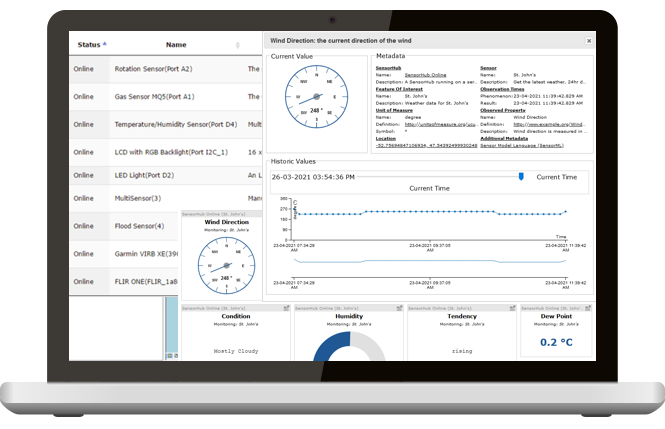
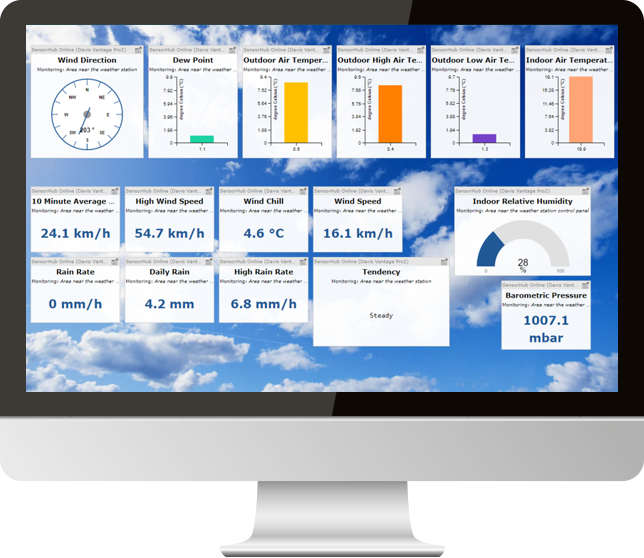
SensorHub
Sensor Dashboards
Dashboards are preconfigured for each sensor connected to the infrastructure. In addition, organizations are provided with the ability to customize and create dashboards that combine sensors from different platforms and environments to provide a consolidated view in support of a particular incident, mission, event or ongoing situational monitoring. An intuitive, wizard-like interface is provided to allow users to mix and match sensors into an easily understandable dashboard presentation.
SensorHub
Tasking/Alerting
Provides the ability to task sensors (e.g., point the camera in a certain direction), create alerts (e.g., if heart rate drops below a certain threshold, notify me) and create task chains (e.g., if a motion sensor detects motion, point the camera in a specific direction).
This component significantly increases situational awareness and automates the process of information gathering to support the decision-making process.
Again, all of the rules-based generation may be done using intuitive interfaces and can be performed remotely.
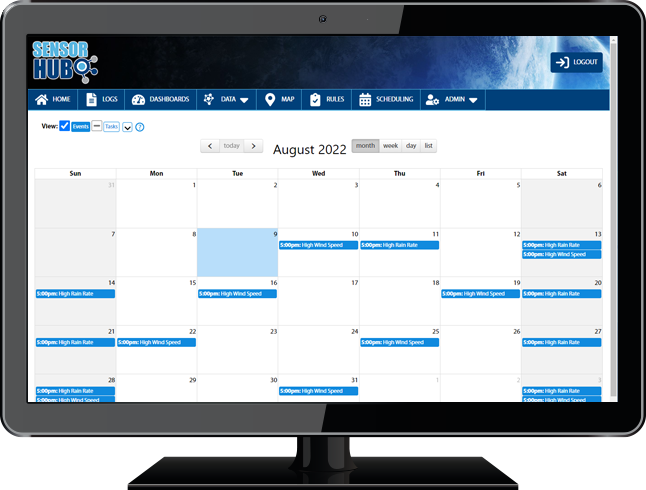
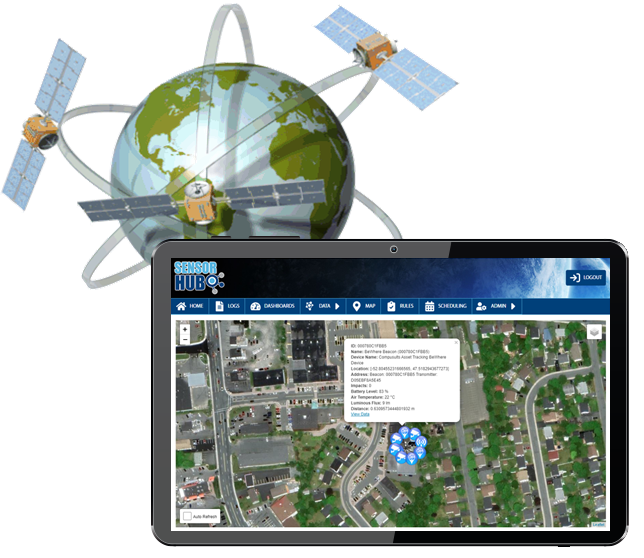
SensorHub
Android Deployment App
The Android Deployment app is an add-on component to GO Mobile that enables a user's Android, Windows-based smartphones, tablets and PCs to become a "sensor platform", capturing and sharing data such as the device location, pictures, videos, audio and other situational Internet of Things (IoT) information, such as information from smart clothing with flexible sensors for cardiac, respiratory, etc. Emergency Response Officials can establish where other personnel are located and obtain detailed status, assisting in coordinating their efforts and better determining response times.
SensorHub Administration
Constellation
This administrative component provides users/operators with the ability to dynamically link any combination of SensorHubs, effectively creating a SensorHub constellation.
This unique component positions SensorHub above other IoT platforms in its ability to truly collaborate and share information among users and user groups/organizations. Users in the field can collaboratively share information with command posts and organizations, enhancing situational awareness and the decision-making process.
SensorHubs can be deployed in a variety of communication configurations.
In a Smart Base configuration, all hubs can communicate with each other, as well as a centralized cloud hub.
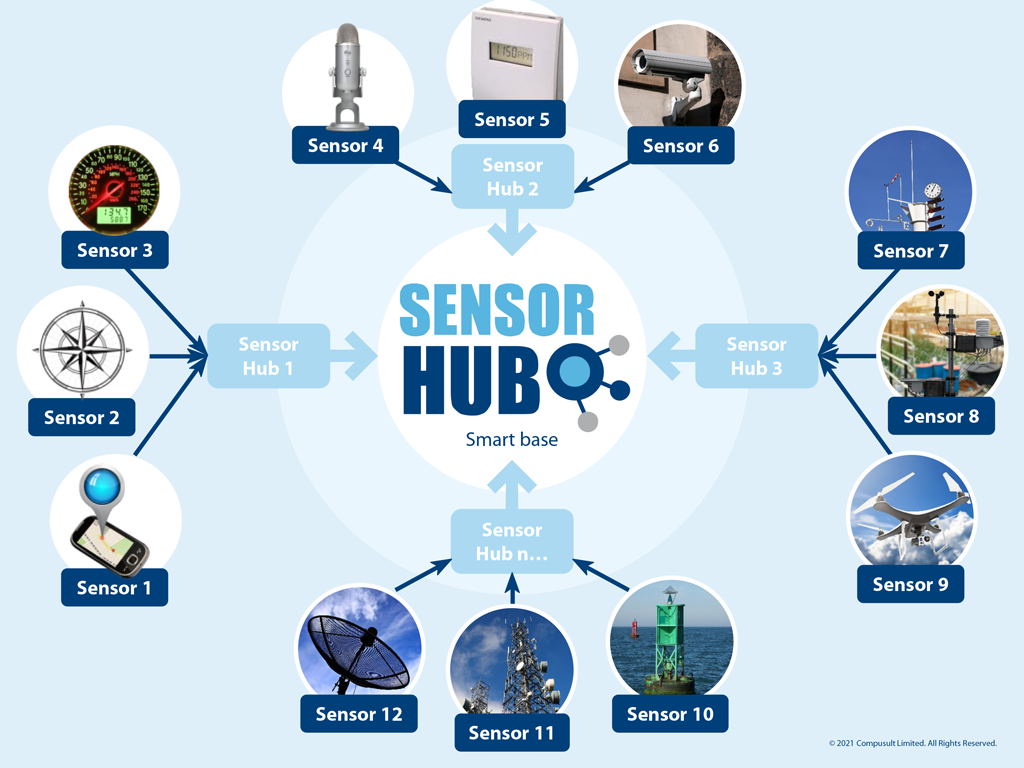
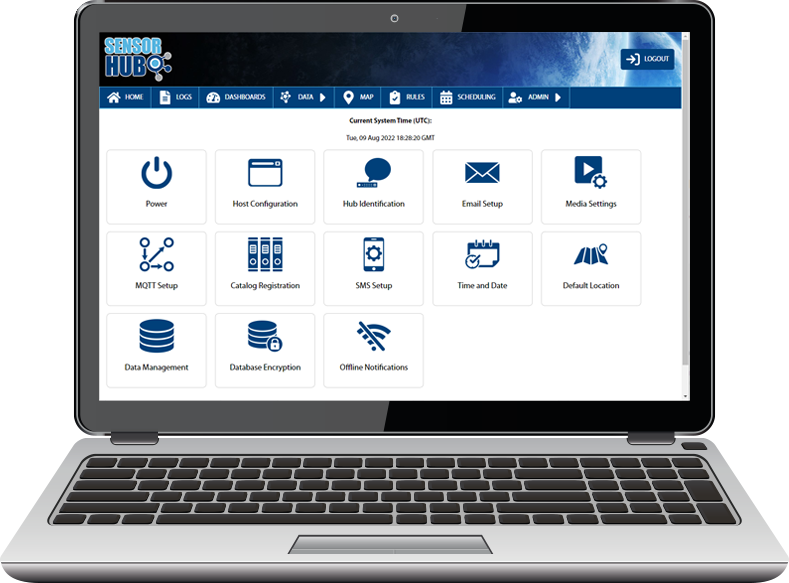
SensorHub Administration
System Settings
The system settings component of SensorHub provides system users and operators with the ability to configure SensorHub for use in the different environments in which it may be deployed.
All system settings may be configured remotely using a standard web browser interface.
SensorHub
Raspberry Pi Deployment

Request a Live Demo
Access our demo site to use a sandbox version of WES.
